
Healthcare
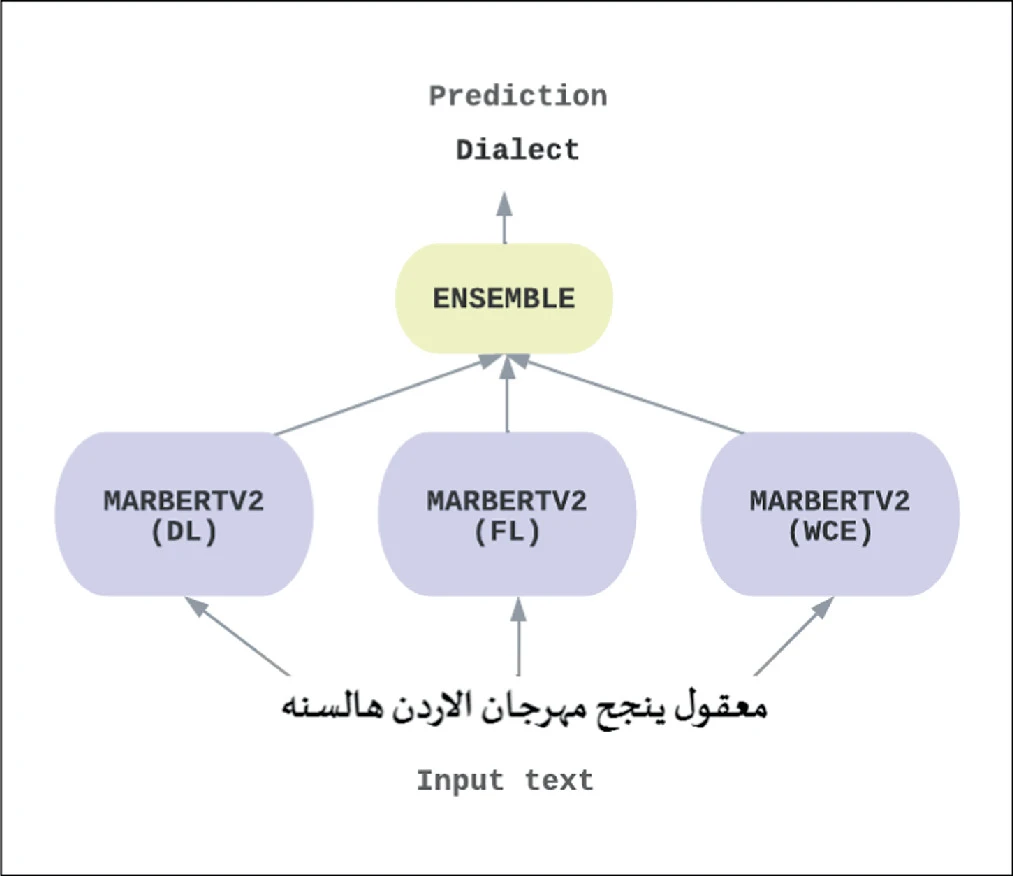
In the Identification of Arabic Dialects: A Loss Function Ensemble Learning Based-Approach
The automation of a system to accurately identify Arabic dialects many natural language processing tasks, including sentiment analysis, medical chatbots, Arabic speech recognition, machine translation, etc., will greatly benefit because it’s useful to understand the text’s dialect before performing different tasks to it. Different Arabic-speaking nations have adopted various dialects and writing systems. Most of the Arab countries understand modern standard Arabic (MSA), which is the native language of all other Arabic dialects. In this paper we propose a method for identifying Arabic dialects
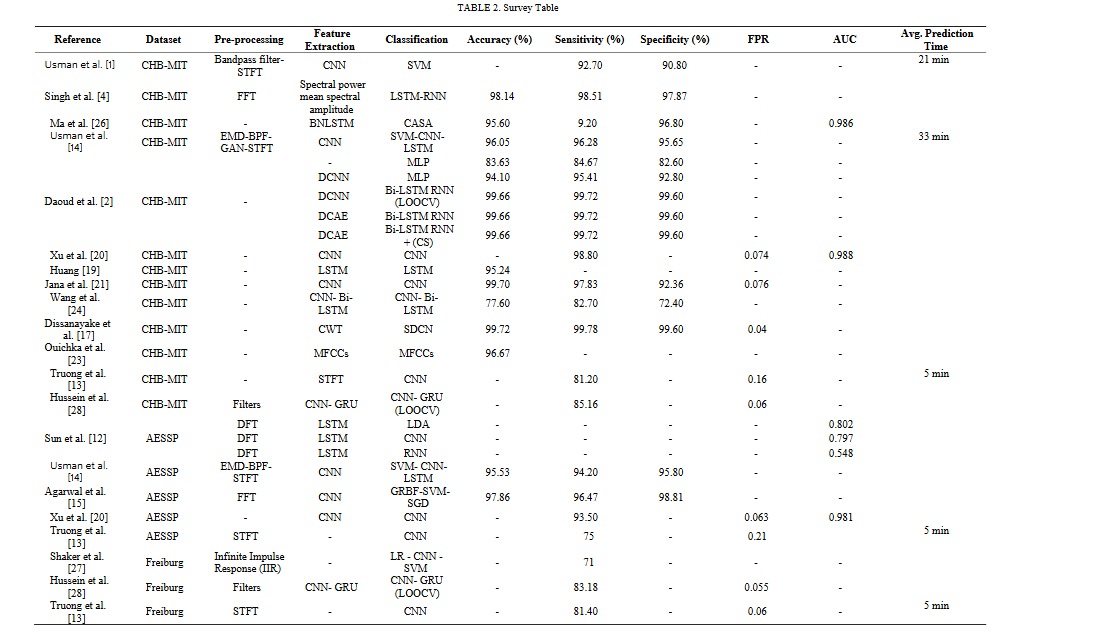
Deep Learning Approaches for Epileptic Seizure Prediction: A Review
Epilepsy is a chronic nervous disorder, which disturbs the normal daily routine of an epileptic patient due to sudden seizure onset that may cause loss of consciousness. Seizures are periods of aberrant brain activity patterns. Early prediction of an epileptic seizure is critical for those who suffer from it as it will give them time to prepare for an incoming seizure and alert anyone in their close circle of contacts to aid them. This has been an active field of study, powered by the decreasing cost of non-invasive electroencephalogram (EEG) collecting equipment and the rapid evolution of
Light-Weight Food Image Classification For Egyptian Cuisine
Food is an integral aspect of daily life in all cultures. It highly affects people's diets, eating behaviors, and overall health. People with poor eating habits are usually overweight or obese, which leads to chronic diseases such as diabetes and cardiovascular disease. Today, the classification of food images has several uses in managing medical conditions and dieting. Deep convolutional neural network (DCNN) architectures provide the foundation for the most recent food recognition models. However, DCNNs are computationally expensive due to high computation time and memory requirements. In
Light-Weight Intelligent Egyptian Food Detector For Diabetes Management
Diabetic patients need a management tool that combines multiple features and tracks and views detailed data time-efficiently. Effective food logging is an important element of health monitoring. In this paper, we propose 'Suger.ly', a lightweight mobile application with artificial intelligence food recognition for diabetes management. The system has been trained to recognize 101 distinct types of food, with a focus on Egyptian cuisine. The app can then get nutritional value and insulin calculations. The results obtained from the Single-Shot multibox Detection (SSD) MobileNet-V1 food detection

IOT-based air quality monitoring system for agriculture
Air quality assessment has been discussed for urban environments with a high degree of industrialization, as they are infested with hazardous chemicals and airborne pollutants. The assessment is carried out by monitoring stations, that basically support limited areas while leaving large geographical areas uncovered. The expansion in the agriculture sector directed us towards air quality assessment on the farms. This is because research has shown that crops can be injured when exposed to high concentrations of various air pollutants, while also affecting farmers' health states. But those air
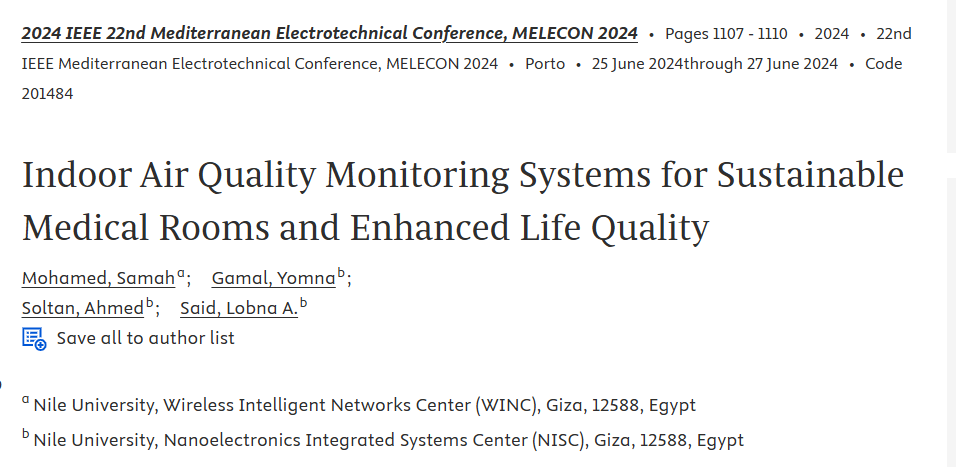
Indoor Air Quality Monitoring Systems for Sustainable Medical Rooms and Enhanced Life Quality
Indoor air pollution poses a substantial risk to human health and well-being, underscoring the crucial requirement for efficient monitoring systems. This paper introduces an advanced Air Pollution Monitoring System (APMS) tailored explicitly for indoor settings. The APMS integrates sensors and a user interface, ensuring the delivery of real-time and precise data concerning air quality parameters such as particulate matter (PM), volatile organic compounds (VOCs), carbon dioxide (CO2), as well as temperature and humidity. The proposed APMS has several advantages, including low maintenance
Liver Disease Diagnosis using Tree-Based Machine Learning Algorithms
Liver Disease (LD) is a lethal yet relatively common disorder that is impacting the lives of millions across the world, causing slow yet irreversible internal organ damage or total organ failure if left untreated. In this study, LD is determined as the damage a Liver sustained due to excessive drug or alcohol abuse and other causes which leave severe scarring on the Liver leading to permanent functionality loss or cancer. This study revolves around determining if a person suffers from the disease regardless of the stage of the disease. To detect and minimize the impact of LD, tree-based
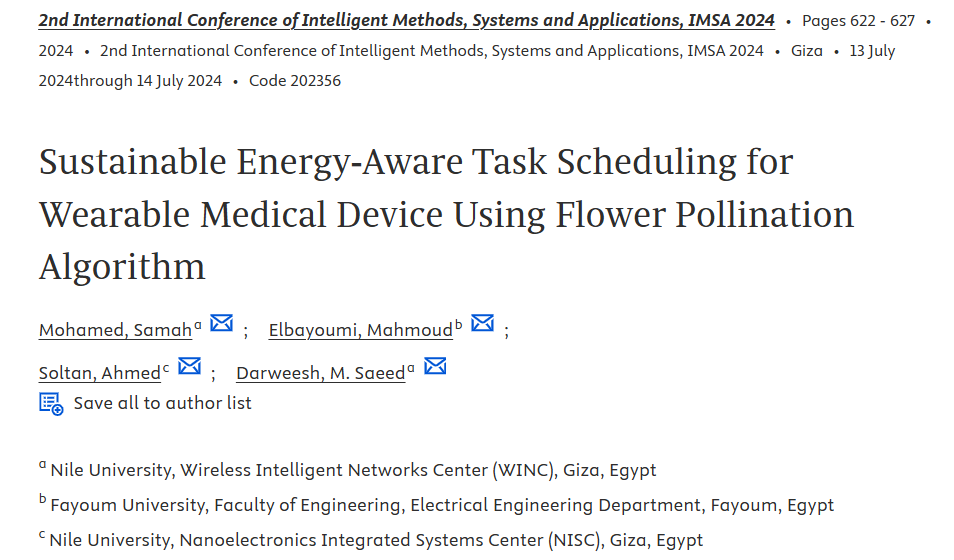
Sustainable Energy-Aware Task Scheduling for Wearable Medical Device Using Flower Pollination Algorithm
Power management and energy conservation are crucial for medical wearable devices that rely on energy harvesting. These devices operate under strict power budgets and require prolonged and stable operation. To achieve this, Energy-aware task scheduling is proposed as a solution to minimize energy consumption while ensuring the continued operational capabilities of the device. our paper presents a task scheduling method using the Flower Pollination Algorithm (FPA). The proposed task scheduling focuses on managing the activity of key components such as the heart rate sensor, temperature sensor
An Efficient DMO Task Scheduling Technique for Wearable Biomedical Devices
The popularity of wearable devices has grown as they improve the quality of life in many applications. In particular, for medical devices, energy harvesters are the dominating source of energy for wearable devices. However, their power budget is limited. Thus, power-saving techniques are essential components in the whole technology stack of those devices. That is, choosing the optimal schedule for different tasks running on the wearable device can help to reduce energy consumption. This paper presents a sensor task scheduling technique for optimizing energy consumption for energy harvesting
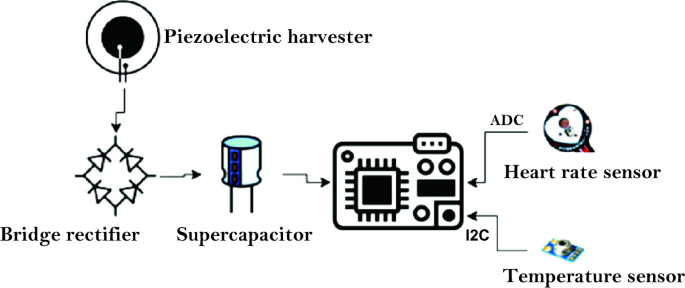
Energy Aware Tikhonov-Regularized FPA Technique for Task Scheduling in Wearable Biomedical Devices
Harvesting the energy from environmental sources is a promising solution for perpetual and continuous operation of biomedical wearable devices. Although the energy harvesting technology ensures the availability of energy source, yet power management is crucial to ensure prolonged and stable operation under a stringent power budget. Thus, power-aware task scheduling can play a key role in minimizing energy consumption to improve system durability while maintaining device functionality. This chapter proposes a novel biosensor task scheduling of energy harvesting-based biomedical wearable devices